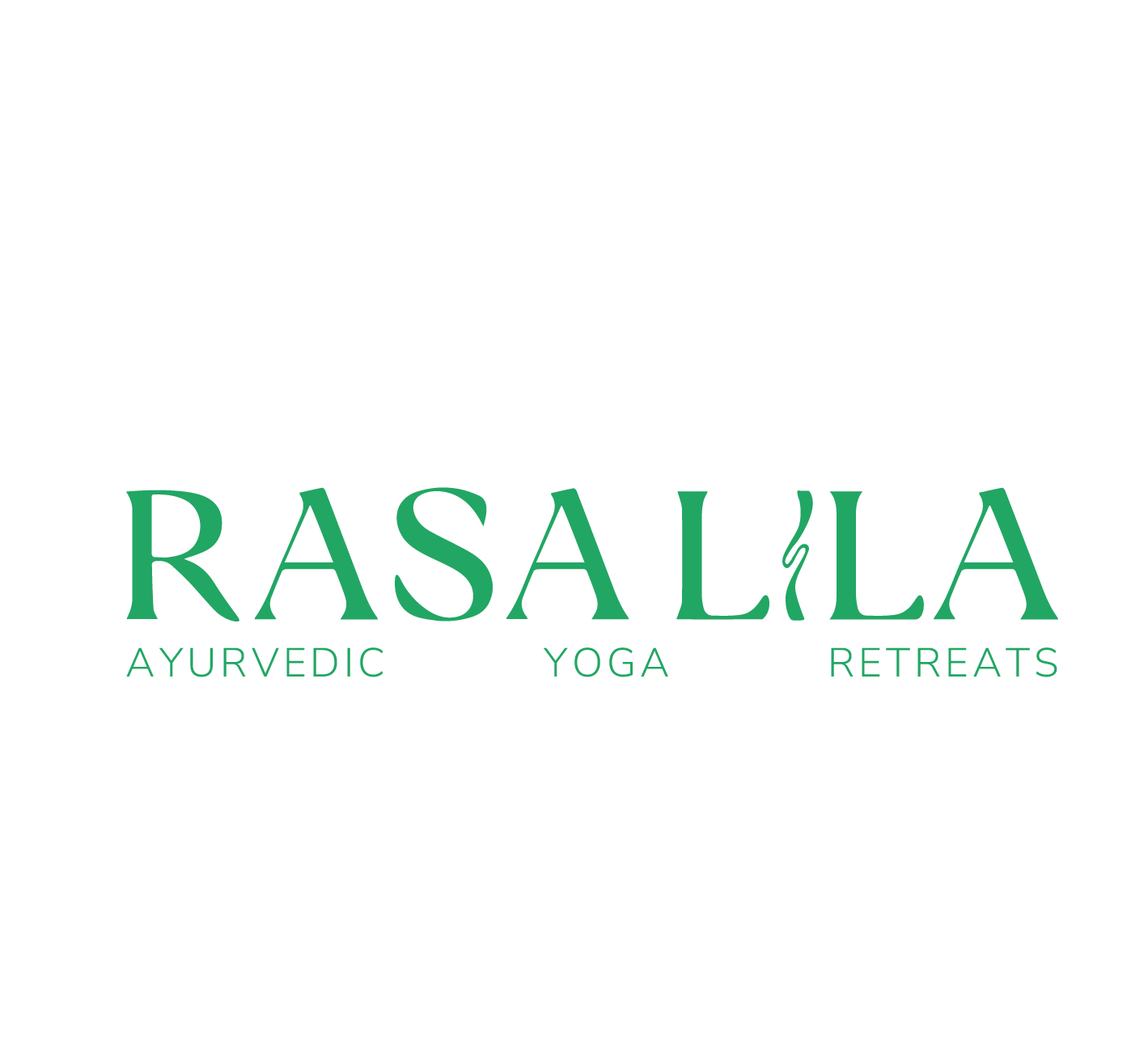An overview of Yin yoga
Yin yoga is a relatively new style and different to many other types of yoga as the poses are held for much longer. Props are used to stretch the connective tissue such as ligaments, joints and fascia. Based on principles of Traditional Chinese Medicine, a class usually is focused on a particular meridian, or energy channel in the body.
The doctrine of Yin Yoga
Yin yoga is based on the Taoist theory of Yin and Yang; two principles that are the opposite but completely inter-connected in which one cannot exist without the other. Yin is a dark, cooling, feminine energy while Yang can be described as a light, energetic, heating, masculine energy. The theory is that nothing is completely yin or yang and that change is the only constant. In our busy (and potentially stressful) lives, a Yin yoga class can be a perfect way to increase balance and more yin into our lives, to complement the yang. The yin poses aim to increase the flow of chi (or qi) through the different meridians, or channels in the body.
The science that supports Yin Yoga
We are generally taught to not over-extend our joints when undertaking different forms of exercise. However, with Yin we are not stretching muscle but fascia (connective tissue), which responds optimally when a slow and steady load is placed over a longer period of time. In order to stretch the connective tissues, the muscles must be relaxed. Therefore in a Yin yoga class we utilise various props which adds support so we can passively stretch the muscles rather than actively stretch them. As we get older, joints and ligaments become stiffer and less fluid. By stretching out the connective tissues, we increase fluidity to the area, encouraging flexibility and mobility. Fascia means ‘band’ in Latin, and literally bands all our muscles, bones, organs and nerves together in an intricate web made up of ligaments, tendons and other connective tissues. This is why a minor adjustment in your shoulder in a yoga pose can deepen the stretch in your hip.


